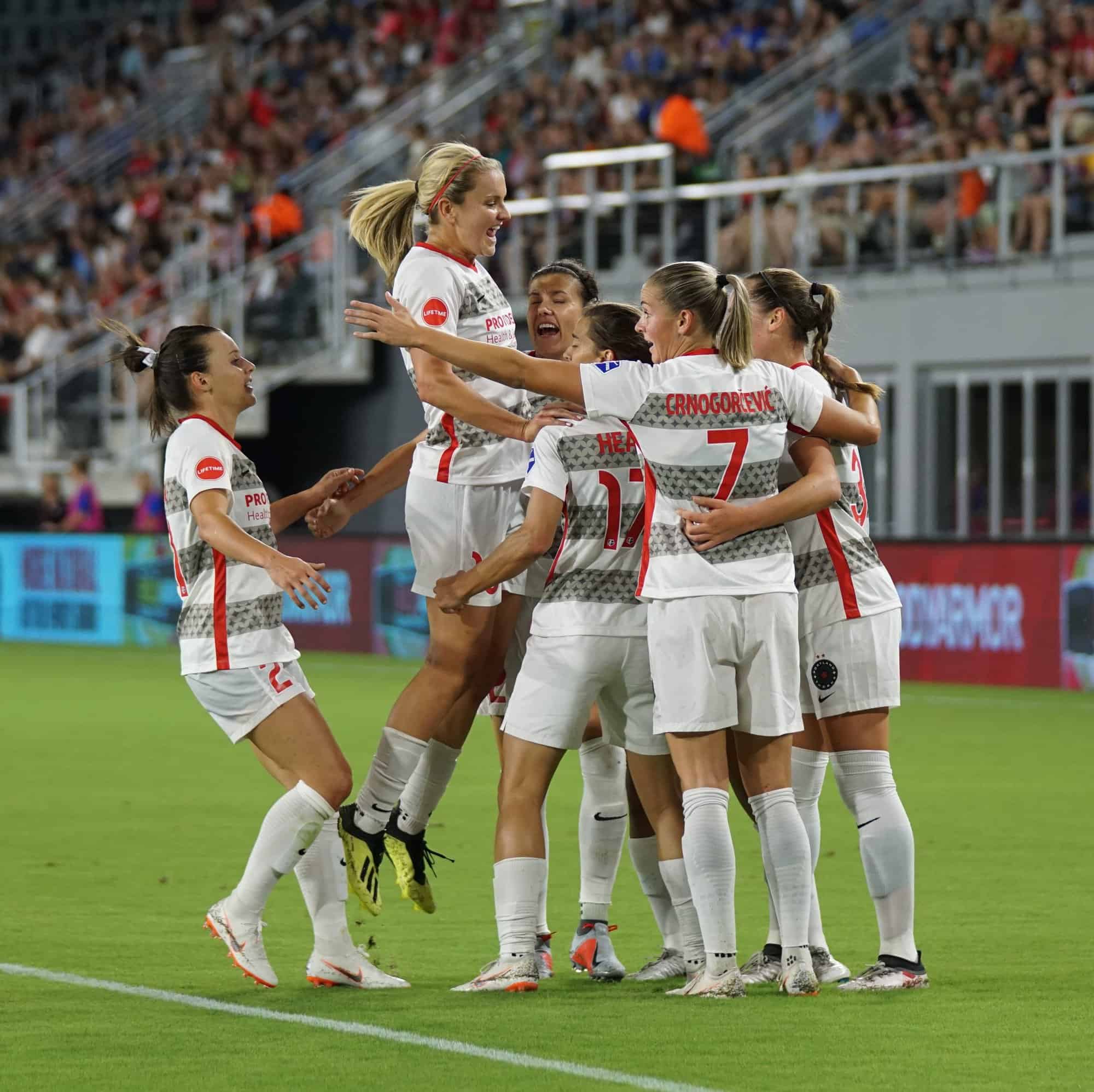In a recent Yankees game against the Padres, the broadcast team was talking about Padres first baseman Eric Hosmer. Hosmer, a career .280 hitter, was a centerpiece player on the Kansas City Royals from 2011-2017. He played important roles on the ALCS winning team in 2014 and the World Series winning team in 2015. Hosmer hit a career-high .318 with 25 homeruns in 2017. He signed a long term contract to play for San Diego before the 2018 season. In 2018, his first with the Padres, Hosmer put up his worst numbers since his sophomore season in 2012, hitting only .253 with 18 homeruns.
Padres manager Andy Green talked about Hosmer’s struggles and put weight on the difficult environment to play in. The Padres were rebuilding. Hosmer was coming off of playing on some very competitive Royals teams. Hosmer’s role was changing, and he was now being asked to be a veteran on a much younger team with different goals. This year, after seemingly adapting to a new team and situation, Hosmer is hitting almost .300 and has been red hot the last month.
Baseball is absorbed with analytics, valuable metrics that provide insight into players tendencies. When they play their best. What their patterns are. How to maximize efficiency. The complex notion of identity and social role on a team, however, isn’t easily analyzed. While psychological and physiological profiles and training can help generate optimal performance, the very subjective experience of understanding oneself relative to the environment and social surroundings is not typically understood quantitatively. We tend to see athletes as isolated beings, capable of seamlessly inserting their past success directly into different situations. However, certain constructs of the self may make it clearer why this isn’t always the case.
Postmodern views of the self see it as largely a social construct – we understand ourselves based on how others see us and the relationship with and through others is reality. This may not be conscious, and we may feel that we have a sense of ourselves that comes solely from within. But a lot of contemporary psychological theory places tremendous importance on our social surroundings to provide us with our initial concepts of being a self in the world, which becomes our foundation for establishing the sense of “I” in your head. These identities tend to be formed within our groups. When describing yourself, you are inherently using others to explain your behavior or traits. “I am a brother, a friend, a son.” These directly require others. Or “I am tall, kind, courageous.” Traits that are formed based on experiences with others that are similar or different. Even feelings, which seem to exist inside of our bodies, can change dramatically as we shift our surroundings.
Athletes go through the same experience on teams, creating identities through social circumstances. When speaking to young athletes, they’ll often tie their identities into their positions. “I’m a shortstop,” or “I’m a forward.” On different teams, however, everything changes. Teammates change, changing the reflection of ourselves. Roles change. In order to encourage this fluidity, and prepare young athletes for the importance of being flexible, I’ve found it valuable to keep a few things in mind. The first is that every team, every season, is different. Young athletes are changing and growing so quickly, this can be easy to see physically. But mentally and emotionally, changes are also occurring. Senses of self are transitioning rapidly. I try to help players find their identities on a team each season by helping them create stories and narratives that belong to the group. Silly moments from practices and games are great. Bonds cannot be forced, but they can be facilitated and encouraged. Helping to generate an environment where everyone is valued and the team is understood as something that we are all a part of can help young athletes understand what it means to be seen and respected as both unique and part of a larger whole. Taking time to change positions on a team, even just for fun in practice, can help children subtly untangle the notions of what-I-am-doing with the conepts of who-I-am. We’re always going to be moving from team to team, group to group, social situation to social situation. Helping young athletes understand these concepts at earlier ages can help them prepare for the different social realities they’ll participate in as they grow up.

